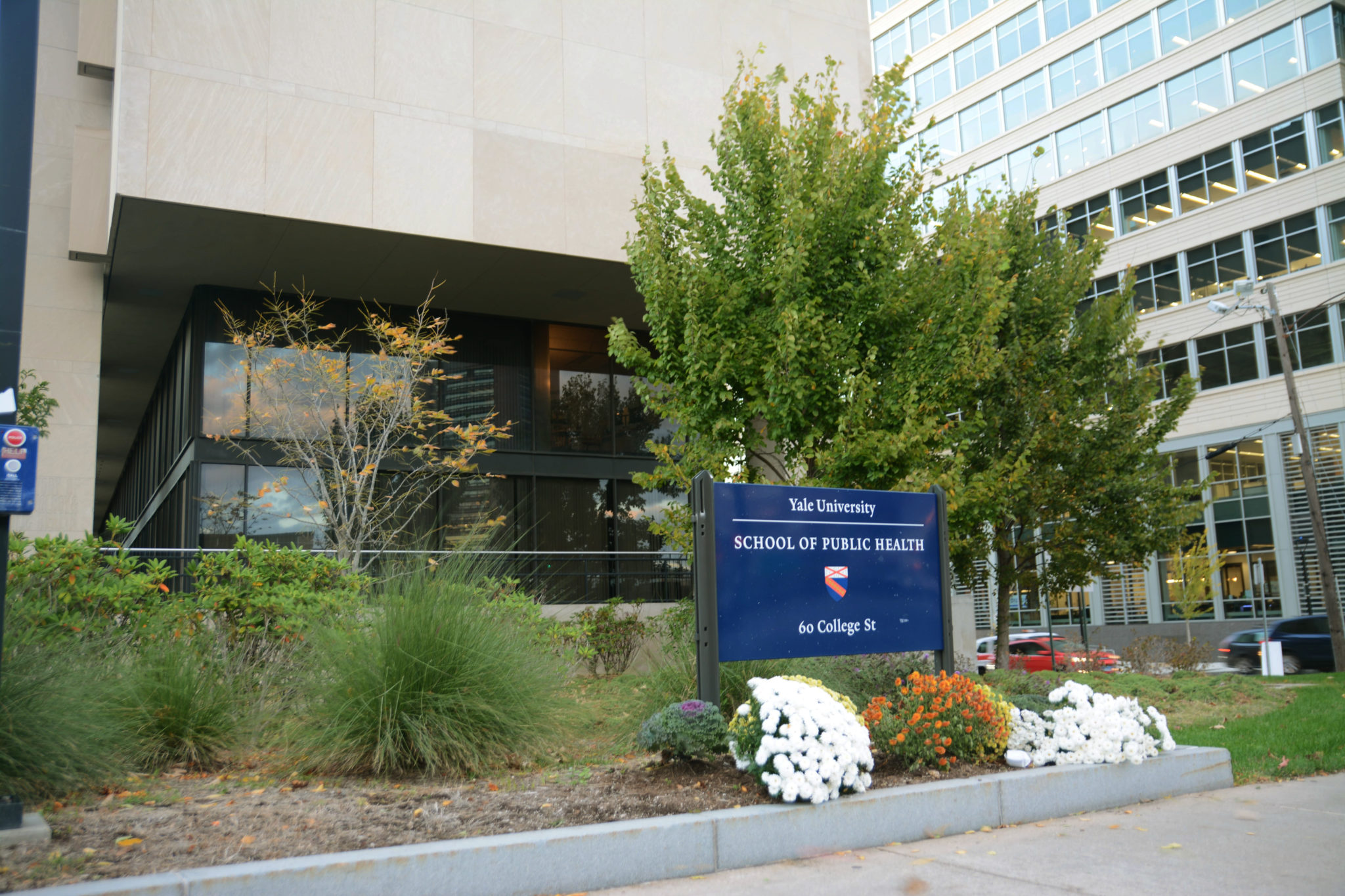COVID-19 infections to rise this winter, researchers predict
Researchers at Yale and the University of North Carolina at Charlotte projected surges of COVID-19 in the winter months, which may aid medical and public health systems in reducing disease transmission.

Yale Daily News
A new Yale study modeling future COVID-19 trends found that cases will likely rise during the winter months.
A group of Yale and University of North Carolina at Charlotte researchers compared and modeled COVID-19 with its evolutionary precursors, analyzing the seasonality of COVID-19 surges across the globe.
“This research showed the average probabilities of COVID-19 infections over a year given the virus is endemic,” Jeffrey Townsend, a biostatistics professor at the School of Public Health, told the News. “This is pretty useful to have.”
Townsend noted that there have been several COVID-19 surges over the past few years. However, many researchers have struggled to project international COVID-19 cases due to the variability across global health systems.
Towsend added that COVID-19 is still relatively young compared to other respiratory viruses.
“We’ve only started seeing [COVID-19] human infection a few years ago and it’s all been in the pandemic phase,” Townsend said. “If you just try and look at when people got infected, the season and the climate, it’s very hard to come up with an expectation.”
Inspired by previous research on the longevity of COVID-19 immunity, Townsend and his team observed four other coronaviruses that were evolutionarily related to COVID-19, have been present for decades and caused a common cold. According to Hayley Hassler, a research associate at the School of Public Health and the team’s lead data analyst, the team sifted through various research studies on different coronaviruses to help predict COVID-19 trends.
By comparing the genetic sequences of different coronaviruses to COVID-19, the researchers were able to draw an evolutionary tree of the virus.
According to Hassler, the researchers discovered the numerical proportion of infection for every month in the year, which highlighted how often infection frequency fluctuates throughout the year. Most of the coronaviruses had higher rates of transmission in the winter months, though they each had distinct ranges of months when infection was highest.
“From there, the model leverages the evolutionary relatedness of the coronaviruses to predict the proportion of monthly cases COVID-19,” Hassler wrote in an email to the News. “In this sense, we’d expect more closely related coronaviruses to possess similar trends in seasonality.”
Towsend said they localized the relative frequency of coronavirus transmission to major temperate cities. The researchers can then predict where the COVID-19 surge will be most prevalent based on proximity to major cities.
Towsend and his team incorporated an abundance of data from the Northern Hemisphere, but, due to limited data from the Southern Hemisphere, they were unable to include it in their model.
“Unfortunately, there hasn’t been much research in the past in the Southern Hemisphere, but every location is important,” Towsend said.
The team’s model also had other limitations. The datasets involving older coronaviruses didn’t have a standardized age range. Some datasets were restricted to children while others contained data from multiple age groups. The team is also unsure whether COVID-19 will settle into a consistent seasonal pattern.
Towsend and his team’s research predicts COVID-19 transmission rates once the virus becomes endemic, or when it begins to follow regular immunity patterns and the disease spreads at a low level.
Still, the team believes their research will benefit public health professionals. Aia Nisho ’21, a co-author of the study who helped write the manuscript, said that knowing when and where the virus will be can help providers reduce and mitigate COVID-19 transmission.
“If we don’t accurately predict outbreaks, we’re at risk of much higher rates of infection,” Nisho wrote in an email to the News. “In ‘at-risk’ communities, such as hospitals and care homes, this translates to an increase in potential fatalities. I hope the findings of this project will be used to efficiently direct funding to public health education in communities we found to be most at risk at different times throughout the year.”
In Connecticut, there have been 1,375 COVID-19 cases in the past week.







